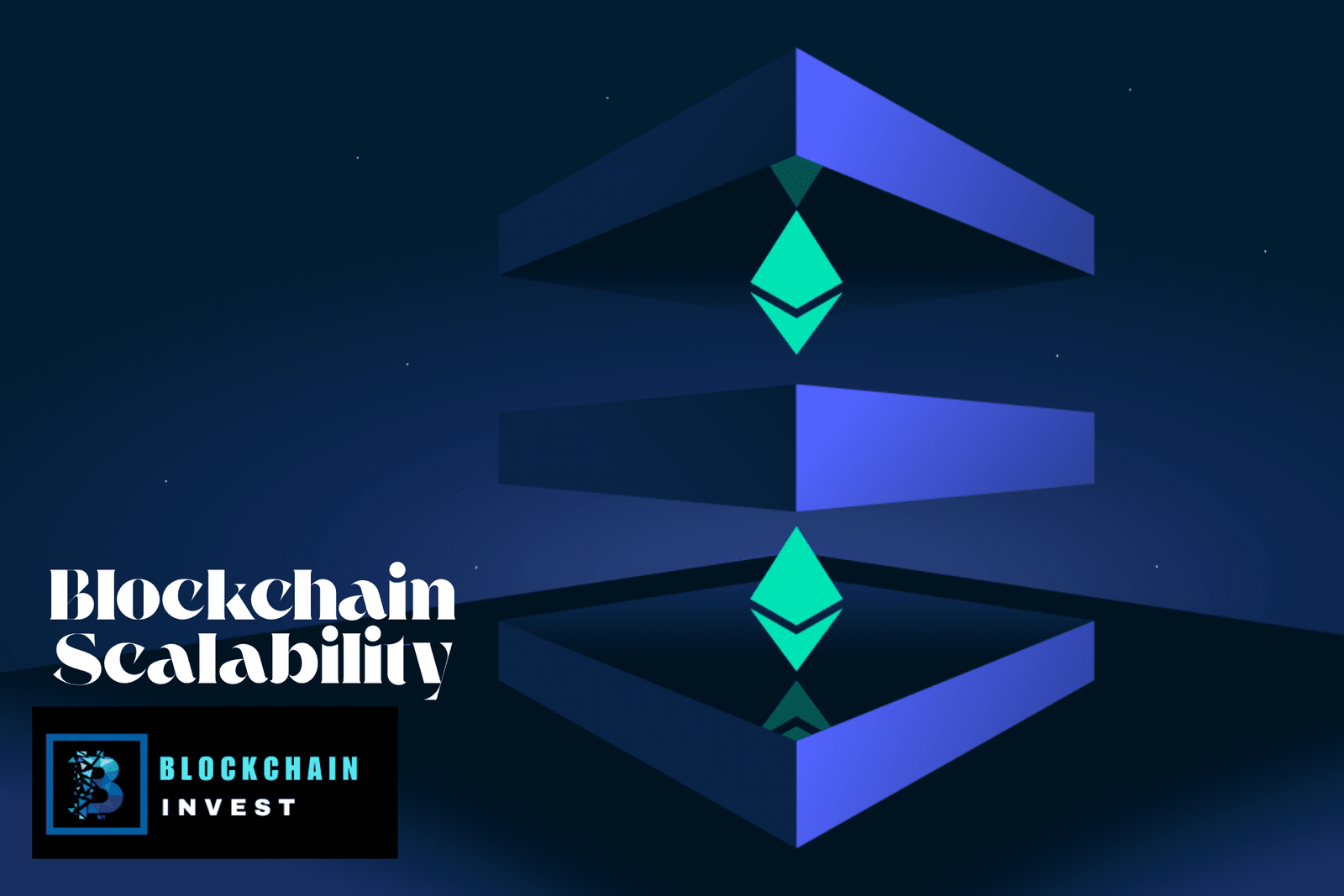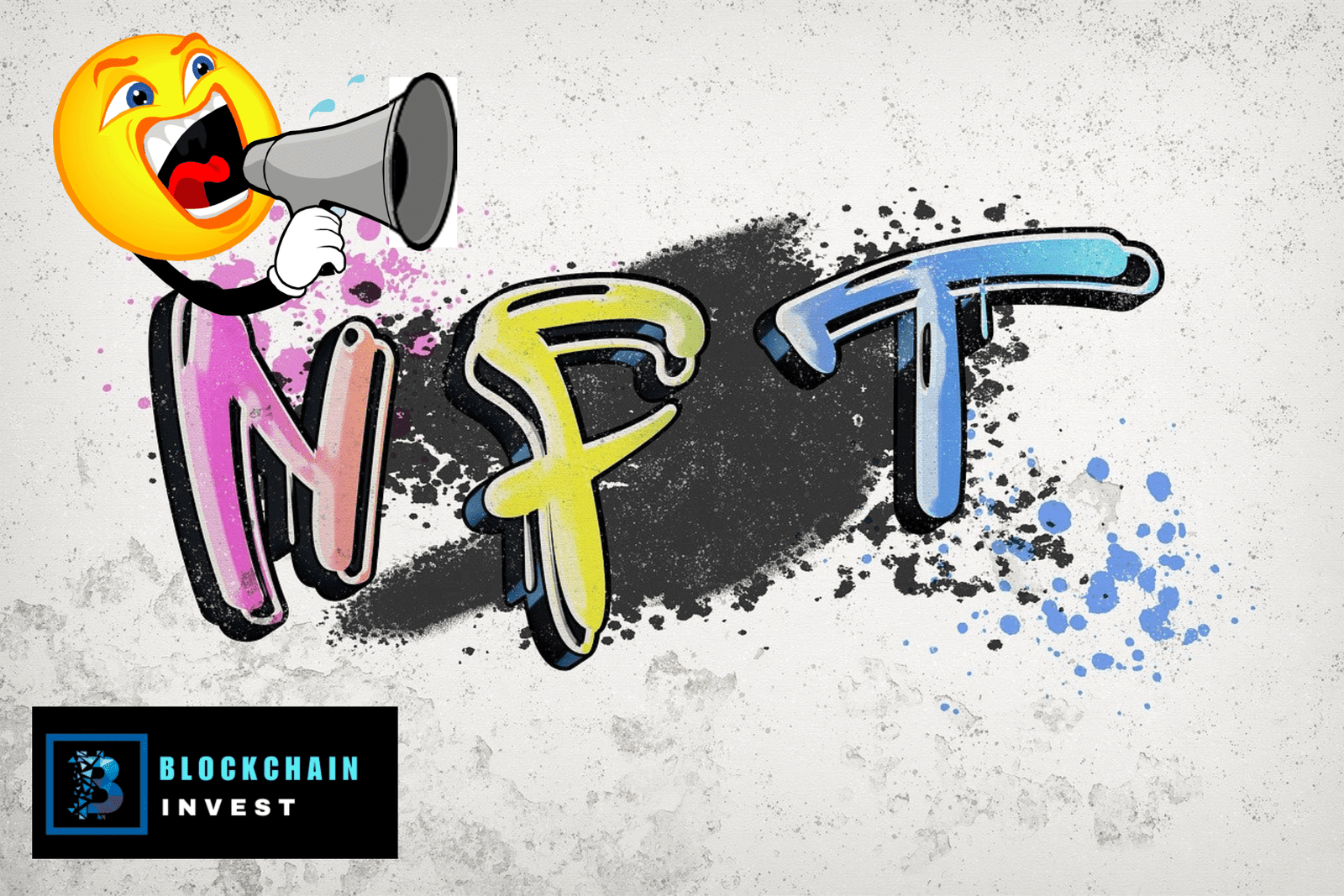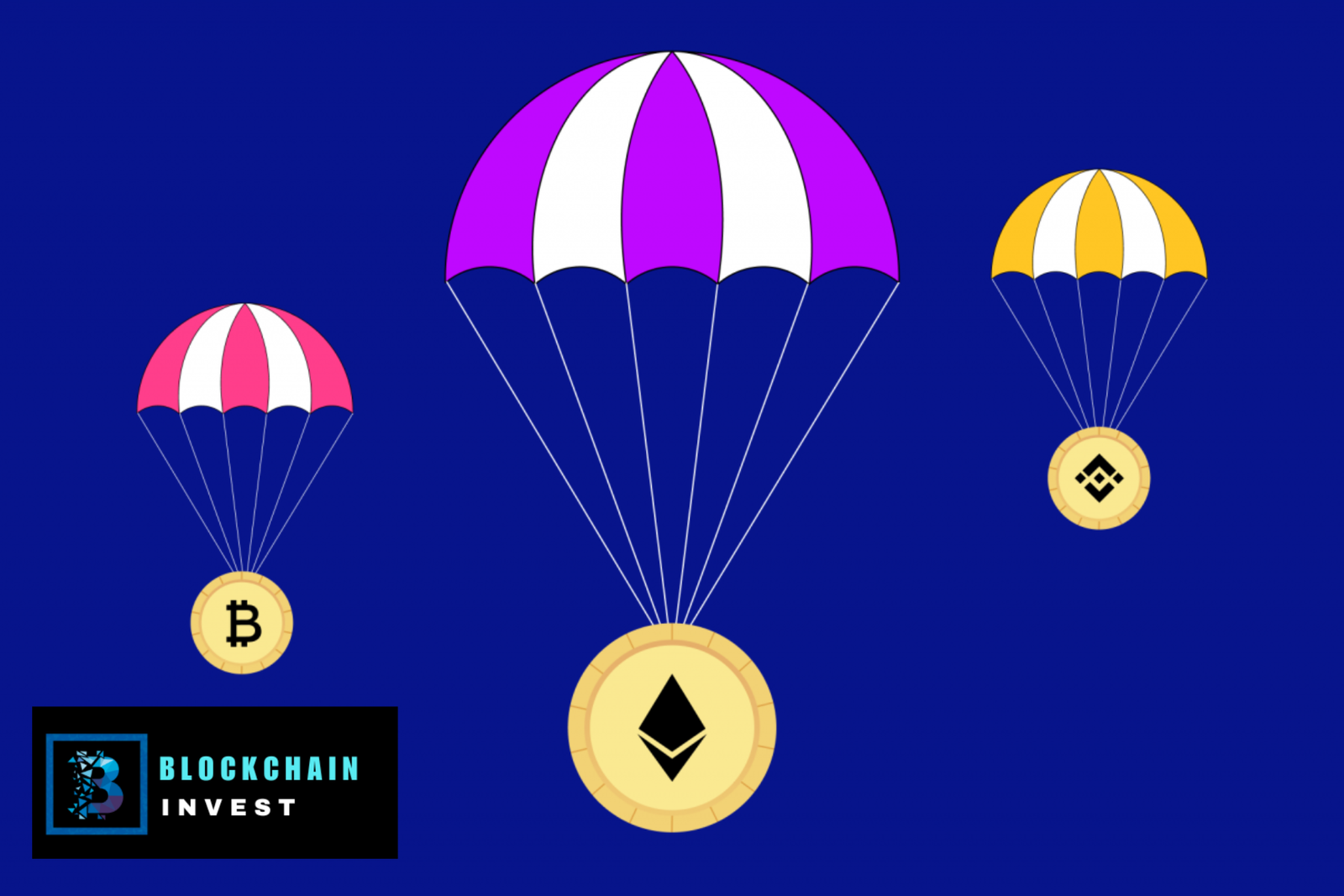How to Check NFT Rarity before Buying?
Here’s What’s Inside This Blog Post1 What Is NFT Rarity and Why It Matters?1.1 Importance Of Rarity1.2 Impact On
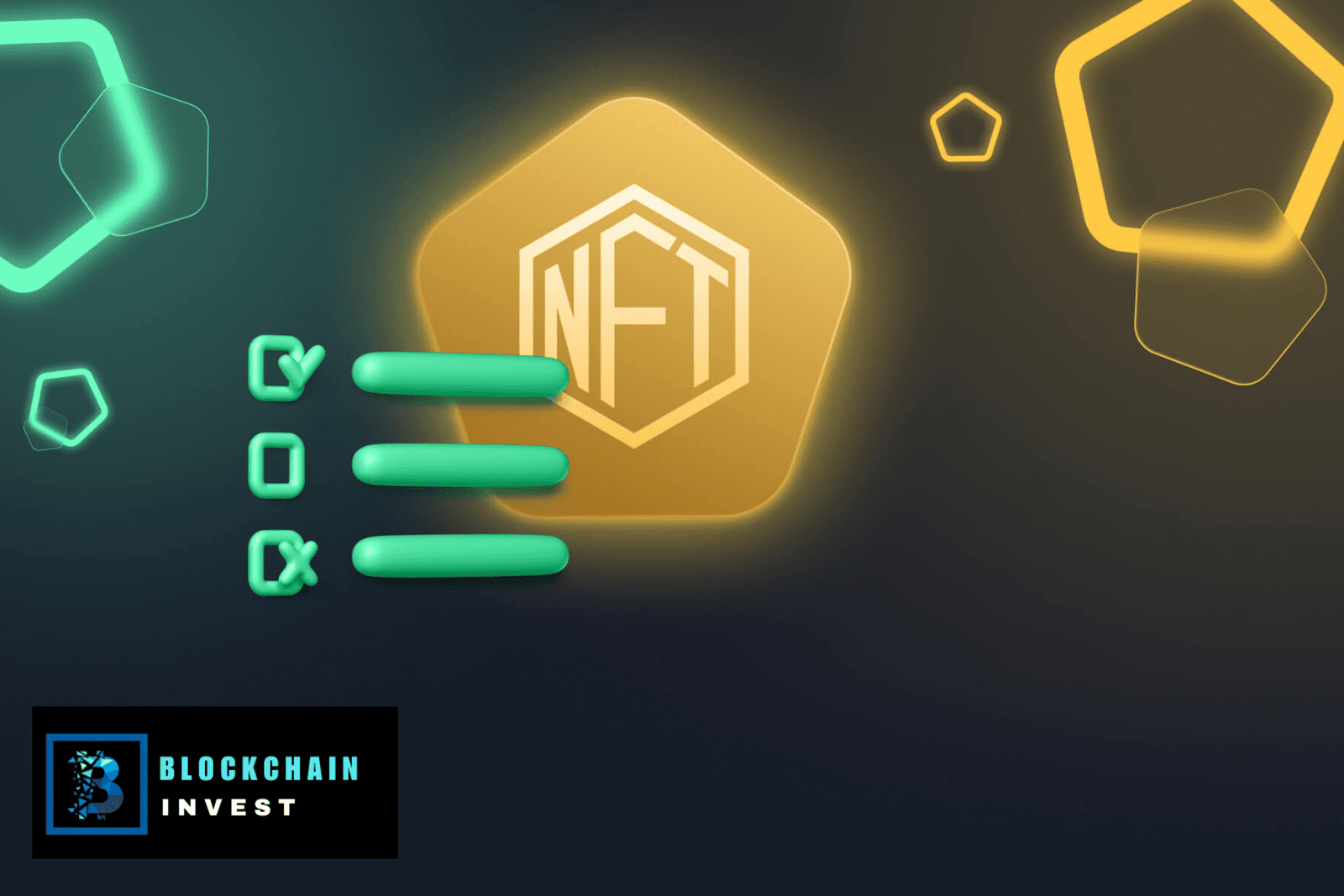
Here’s What’s Inside This Blog Post
- 1 What Is NFT Rarity and Why It Matters?
- 2 Understanding NFT Traits
- 3 Tools to Check NFT Rarity Before Buying
- 4 What to Look for When Evaluating Rarity?
- 5 Market Trends And Rarity
- 6 Common Mistakes to Avoid
- 7 Final Tips Before Buying
- 8 Case Studies: Rarity in Action
- 9 Staying Safe in the NFT Market
- 10 Frequently Asked Questions
- 10.1 How To Check The Rarity Of An NFT?
- 10.2 What Is The Website For NFT Rarity?
- 10.3 How To Check Rarity On Opensea?
- 10.4 How To Calculate Rarity Score?
- 10.5 What makes an NFT rare?
- 10.6 Can NFT rarity change over time?
- 10.7 Are all NFTs in a collection equally valuable?
- 10.8 How can I ensure I’m using legitimate tools?
- 11 Conclusion
Checking NFT rarity before buying is crucial. It affects the value and desirability.
Knowing how to assess rarity helps you make smart investments. NFTs, or non-fungible tokens, have taken the digital world by storm. Their unique nature makes them appealing, but not all NFTs are created equal. Rarity can significantly impact an NFT’s worth and potential.
Understanding rarity involves analyzing traits, properties, and historical sales data. By mastering this skill, you can identify valuable NFTs and avoid common pitfalls. Whether you’re a seasoned collector or new to the NFT space, learning to check rarity is essential for making informed purchasing decisions. Dive in and discover how to evaluate NFT rarity effectively.
What Is NFT Rarity and Why It Matters?
NFT rarity refers to how unique certain traits or attributes are within a collection. Each NFT project—like Bored Ape Yacht Club, Azuki, or Pudgy Penguins—has a set of characteristics (e.g., background, clothing, accessories, skin tone). An NFT with extremely rare traits (e.g., 0.01% of the collection) is usually considered more valuable, desirable, and scarce, making it a potential asset for resale or long-term holding.
NFT rarity affects:
- Price: Rare NFTs often command higher prices.
- Demand: Unique tokens attract collectors and influencers.
- Utility: In some cases, rare NFTs unlock exclusive utilities (like DAO voting power or real-world perks).
Importance Of Rarity
The rarity of an NFT plays a important role in its value. Rare NFTs are often in high demand because they are unique and harder to come by.
Think about it this way: Would you rather own a rare collectible card or one that’s mass-produced? The same concept applies to NFTs. The rarer it is, the more special it feels.
Rarity can also impact the NFT’s future potential. A rare NFT might appreciate more in value over time compared to a common one. This makes rarity a key factor for investors.
Impact On Value
Rarity significantly affects the value of an NFT. The rarer the NFT, the higher its potential selling price. This is simple supply and demand at work.
Consider NFTs in gaming. A unique in-game item can give players an edge, making it highly sought after. This demand drives up its value.
Are you looking to invest in NFTs? Then checking rarity should be one of your top priorities. It can be the difference between a valuable asset and a digital dud.
So, before you make that purchase, ask yourself: How rare is this NFT? Doing your homework can lead to more rewarding investments.
Understanding NFT Traits
Understanding NFT traits is essential for determining their rarity and value. Traits give each NFT its uniqueness. Some traits are common, while others are rare. Knowing the difference can guide your purchase decisions. This section will explore the different categories of traits and distinguish between common and rare traits.
Categories Of Traits
Traits fall into various categories. Visual traits might include color, shape, or size. Functional traits could involve special abilities or features. Background traits focus on the setting or context of the NFT. Each category plays a role in the overall rarity.
Common Vs. Rare Traits
Common traits are found in many NFTs. They are less unique and usually more affordable. Rare traits, on the other hand, are harder to find. They make an NFT special and often increase its value. Knowing how to spot these traits can help you make better investment choices.
Tools to Check NFT Rarity Before Buying
There are several free and paid tools available to check the rarity of NFTs across different blockchains. Here’s a breakdown of the most popular and trusted ones:
1. Rarity.tools
Rarity.tools is one of the most established platforms for checking Ethereum-based NFT rarities. You can:
- Filter NFTs by rarity rank
- View attribute-specific rarity
- Explore upcoming collections
Features: Offers rarity rankings, trait rarity scores, and filters for price and rarity to find undervalued NFTs. Comprehensive and user-friendly, ideal for Ethereum-based collections.
How to Use:
- Visit the website and click “All Collections.”
- Search for the desired collection (e.g., “Bored Ape Yacht Club”).
- Enter the NFT’s ID number to view its rarity rank, trait details, and market data like sales volume.
Pros: Easy UI, great for beginners
Cons: Mostly supports Ethereum collections only
2. Trait Sniper
Trait Sniper gives real-time rarity data for NFTs right after a collection is revealed.
- Offers Chrome extension for instant rank lookup
- Good for sniping rare NFTs during the minting period
Features: Offers free and paid versions, with the latter providing real-time alerts. Perfect for catching new launches early.
How to Use:
- Search for a project or browse upcoming drops.
- View the NFT’s rarity score, OpenSea price, and trait details.
Pros: Fast, real-time updates
Cons: Paid tier required for pro features
3. Rarity Sniper
Supports Ethereum, Solana, and Polygon. You can:
- Search collections by name or token ID
- Get rarity rank and trait breakdown
Pros: Multi-chain support
Cons: Limited to popular collections
4. HowRare.is
This tool is specific to Solana NFTs. It includes:
- Floor price data
- Trait statistics
- Mint tracker
How to Use: Search for a Solana collection and view the NFT’s rarity rank.
Features: Clean interface with Solana-specific data. Complements Icy Tools for Solana-focused collectors.
Pros: Perfect for Solana collectors
Cons: No Ethereum support
5. OpenSea Rankings
While not a rarity checker, OpenSea’s rankings help you find trending collections. Once you’re on a project page, use the Properties section to manually review the rarity percentages of each trait.
How to Use:
- Browse the collection and compare the NFT’s traits with others.
- Check recent sales to assess market value.
Features: No dedicated rarity tool, but useful for contextual analysis. Provides a broad view of the collection’s landscape.
Pros: Great for general trend research
Cons: No direct rarity score
6. NFT Stats
Offers a rarity explorer for filtering NFTs by traits, alongside market overviews (NFT Stats).
How to Use:
- Visit the website and select the collection.
- Explore rarity rankings and filter by traits or floor price.
Features: Combines rarity data with market insights for comprehensive analysis. Ideal for in-depth research and market comparisons.
7. Icy Tools
Specializes in Solana-based NFTs, providing rarity scores and market analytics (Icy Tools).
How to Use:
- Search for the Solana collection (e.g., “Solana Monkey Business”).
- Select the specific NFT to view its rarity score, trait details, and market statistics like floor price.
Features: Includes visual charts for trait distribution and market trends. Tailored for Solana enthusiasts, offering detailed insights.
| Tool | Supported Blockchains | Key Features | Best For |
|---|---|---|---|
| Rarity.tools | Ethereum, Solana, others | Rarity rankings, trait details, market data | Ethereum-based NFTs |
| Icy Tools | Solana | Rarity scores, market analytics, visual charts | Solana NFTs |
| Rarity Sniffer | Multiple | Real-time rankings, Discord bot | New launches |
| NFT Stats | Multiple | Rarity explorer, market insights | In-depth analysis |
| Trait Sniper | Multiple | Real-time notifications, new drops | Emerging projects |
| HowRare.is | Solana | Rarity scores, upcoming drops | Solana collectors |
| OpenSea | Ethereum, others | Collection overview, sales data | Contextual rarity |
Checking the rarity of an NFT before making a purchase is crucial. It helps you determine its value and potential future worth. There are several tools available that can assist you in evaluating NFT rarity effectively.
How To Use Rarity Tools?
Using these tools is straightforward. Start with rarity.tools. Simply enter the NFT collection name in the search bar and browse through the ranked list of NFTs.
On OpenSea, use the filter options to sort by rarity. This will help you identify NFTs that stand out based on their unique traits.
Now, let’s get practical. Imagine you’re eyeing an NFT from a popular collection like Bored Ape Yacht Club. You’d want to use Rarity.Tools to see where it ranks in terms of rarity.
Consider the traits: background color, fur type, and accessories. Higher rarity scores mean more unique attributes.
By using these tools, you’ll make informed decisions. You’ll feel confident about the value of the NFTs you buy. So, next time you’re browsing, remember to check rarity first.
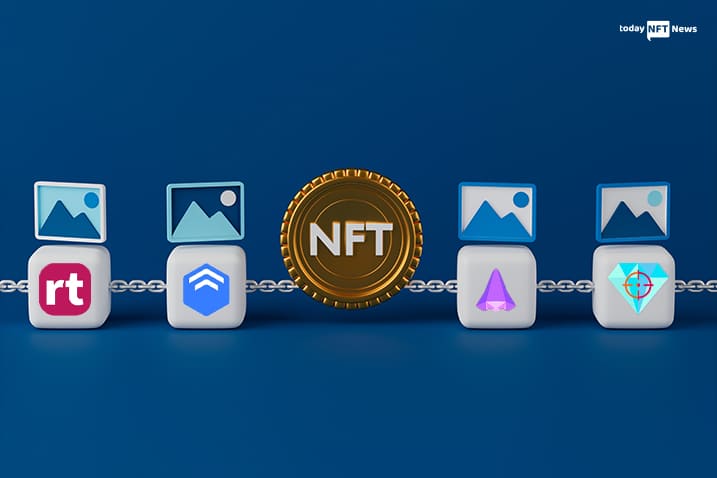
What to Look for When Evaluating Rarity?
Before making a purchase, consider these rarity indicators:
- Rarity Score: A calculated score based on the uniqueness of all traits combined.
- Trait Count: NFTs with fewer traits are sometimes rarer in specific collections.
- 1-of-1 NFTs: These are the rarest and typically hand-crafted.
- Rarity Rank: Most tools will give a rank (e.g., 52/10,000) that shows how rare your token is within the collection.
Pro Tip: Compare floor price vs. rarity rank. A rare NFT priced close to the floor might be undervalued.
When it comes to buying NFTs, understanding their rarity is crucial. Manual rarity assessment is a hands-on approach to evaluate the uniqueness of an NFT. It involves examining metadata and visual elements to determine its value. Let’s dive into the process.
Analyzing Metadata
Start by examining the NFT’s metadata. Metadata includes information like the creation date, the artist’s name, and the attributes of the digital asset. Look for unique traits or unusual combinations that set the NFT apart.
For example, an NFT from a popular series with a rare trait, like a unique background color, can be more valuable. Check the blockchain for transaction history to see how often it has been traded and at what prices. This can give you an idea of its market demand.
Analyze Visual Elements
Next, assess the visual elements of the NFT. Look at the artwork’s quality and the originality of the design. A high-resolution image with intricate details can stand out more than a simple design.
Pay attention to the artist’s reputation. If the artist is well-known and respected, their NFTs are likely to be more valuable. Consider any thematic or stylistic elements that make the NFT unique.
Manual rarity assessment requires a keen eye and attention to detail. By analyzing metadata and evaluating visual elements, you can make informed decisions before buying an NFT. Have you ever found a hidden gem by manually assessing its rarity? Share your experiences in the comments below!
Market Trends And Rarity
Understanding market trends and rarity is crucial when investing in NFTs. Market trends give you an idea of what’s hot and what’s not, while rarity adds value to your NFT purchase. Combining these two factors can significantly impact your investment decision.
Trending Collections
It’s essential to keep an eye on trending NFT collections. These collections often gain popularity due to their unique attributes, artist reputation, or community engagement. You can find trending collections on platforms like OpenSea, Rarible, and NBA Top Shot.
For instance, Bored Ape Yacht Club (BAYC) gained immense popularity because of its exclusive community and unique art. When you see a collection trending, research its history and community involvement. This will help you determine if it’s worth your investment.
Influence Of Social Media
Social media plays a significant role in the popularity of NFTs. Platforms like Twitter, Discord, and Instagram are hubs for NFT enthusiasts and creators. Following influential accounts can give you insights into what’s trending and why.
For example, when a well-known influencer tweets about an NFT collection, its value can skyrocket. This happened with CryptoPunks, where tweets from celebrities increased their visibility and demand. Always verify the credibility of the information you find on social media.
How often do you check social media for NFT trends? Staying updated can make a significant difference in your investment choices.
Common Mistakes to Avoid
When buying NFTs, checking the rarity is crucial. Mistakes in this process can cost you. Understanding these common errors helps you make smarter choices.
Falling for Hype: Be cautious of collections that gain sudden popularity without strong fundamentals, as they may be prone to rug pulls.
Over-Reliance on Rarity: Don’t base your decision solely on rarity; consider collection popularity, utility, and market trends.
Ignoring Market Data: Failing to check recent sales or floor prices can lead to overpaying.
Skipping Authentication: Always verify the NFT’s authenticity to avoid scams or counterfeit tokens.
Overvaluing Popular Traits: Many buyers overvalue NFTs with popular traits. This can lead to overpaying. Not all popular traits mean high value. Some traits become trendy temporarily. Their value may drop quickly. Research before investing based on popularity alone.
Ignoring Long-term Value: Focusing on short-term gains often leads to mistakes. NFTs should be seen as long-term investments. Ignoring future potential can be costly. Look at the creator’s history. Check the project’s roadmap. Consider factors beyond current hype. Long-term value often outweighs short-term trends.
Final Tips Before Buying
Check the rarity of NFTs by examining their attributes and comparing them to similar items. Use online tools and rarity calculators. Research the NFT’s uniqueness and demand to make informed decisions before purchasing.
As you approach the final steps of purchasing an NFT, it’s crucial to ensure you’re making a wise decision. This section will provide you with some final tips to keep in mind before you hit that “buy” button. Whether you’re new to the NFT space or a seasoned collector, these pointers will help you make an informed choice.
Doing your homework
Before making any purchase, do your homework. Research the NFT creator and their previous works. Check their reputation within the community.
Look at the transaction history of the NFT. If it has changed hands multiple times, find out why. High turnover can be a red flag.
Use tools like Rarity.tools or Etherscan to verify the rarity and authenticity of the NFT. These platforms provide detailed analytics and can help you determine if the NFT is worth its price.
Balancing Rarity With Personal Preference
While rarity is important, it shouldn’t be the only factor in your decision. Ask yourself if the NFT resonates with you personally. Do you like the artwork? Does the message or concept behind it appeal to you?
Remember, you may keep this NFT for a long time. Make sure it’s something you’ll enjoy owning. I once bought a rare NFT just because it was rare. I didn’t really like the artwork. Eventually, I sold it at a loss because it didn’t bring me any joy.
Find a balance between rarity and your personal taste. This will ensure that your purchase is both a good investment and something you love.
By following these final tips, you can confidently navigate the NFT marketplace. Ensure that your purchase aligns with both your investment goals and personal preferences. What strategies have you found helpful when buying NFTs? Share your experiences in the comments!
Case Studies: Rarity in Action
Real-world examples illustrate the impact of rarity on NFT value:
- CryptoPunks #7804: One of only nine Alien punks, it sold for over $7.5 million due to its extreme rarity and the collection’s iconic status.
- Bored Ape Yacht Club #8817: Featuring rare traits like gold fur, this ape fetched millions, highlighting how unique trait combinations drive value.
- Meebits: NFTs with rare features, such as unique clothing or accessories, have consistently sold for higher prices than those with common traits.
These cases show that while rarity is a significant driver, collection popularity and market demand amplify an NFT’s worth.
Staying Safe in the NFT Market
The NFT space is rife with scams, so prioritize safety:
- Verify Sources: Only use trusted platforms and tools for rarity checks and purchases.
- Avoid Suspicious Links: Be cautious of phishing attempts or fake NFT listings.
- Use Secure Wallets: Store NFTs in reputable wallets with two-factor authentication enabled.
- Research Projects: Investigate the team and community to avoid rug pulls or fraudulent projects.
Frequently Asked Questions
How To Check The Rarity Of An NFT?
To check the rarity of an NFT, use NFT rarity tools like Rarity. Tools, Trait Sniper, or Rarity Sniffer. Analyze unique traits and attributes.
What Is The Website For NFT Rarity?
The website for NFT rarity is Rarity. Tools. It helps users find and compare the rarity of NFTs easily.
How To Check Rarity On Opensea?
Check rarity on OpenSea by using third-party tools like Rarity Tools or Rarity Sniper. Search the NFT collection, then analyze traits and rankings.
How To Calculate Rarity Score?
To calculate rarity score, divide 1 by the asset’s occurrence probability. Sum the scores of all traits.
What makes an NFT rare?
An NFT is rare based on the uniqueness of its traits compared to others in its collection. Less frequent traits contribute to higher rarity scores.
Can NFT rarity change over time?
Rarity is typically fixed at minting, but perceived value can shift based on market demand and trends.
Are all NFTs in a collection equally valuable?
No, value varies based on rarity, trait desirability, and factors like provenance or collection popularity.
How can I ensure I’m using legitimate tools?
Stick to well-known platforms like Rarity.tools and verify URLs to avoid phishing sites.
Conclusion
Checking NFT rarity before buying is a vital step for any collector or investor in 2025. Tools like Rarity.tools, Icy Tools, and Trait Sniper provide detailed insights into an NFT’s uniqueness, helping you assess its value and avoid overpaying. However, rarity is just one piece of the puzzle—collection popularity, artist reputation, utility, and market trends also play crucial roles.
By combining thorough research, reliable tools, and best practices, you can navigate the NFT market with confidence, potentially uncovering valuable opportunities. Always verify the latest information, as the NFT space evolves rapidly, and stay vigilant to protect your investments.



